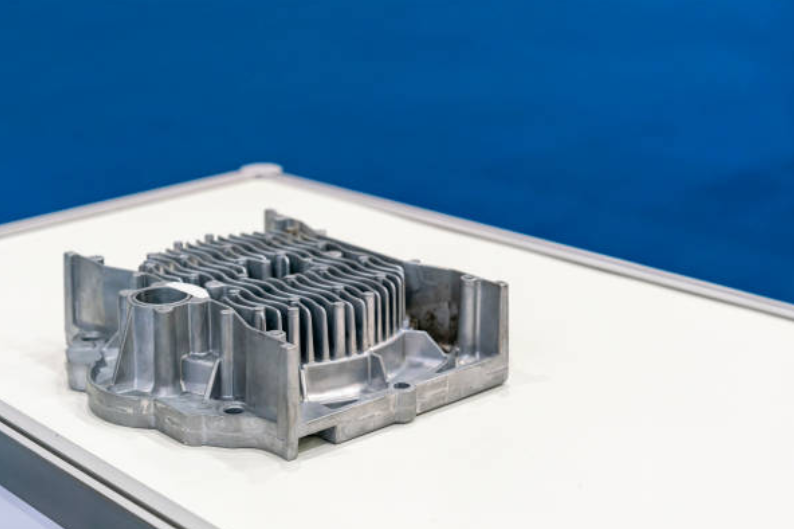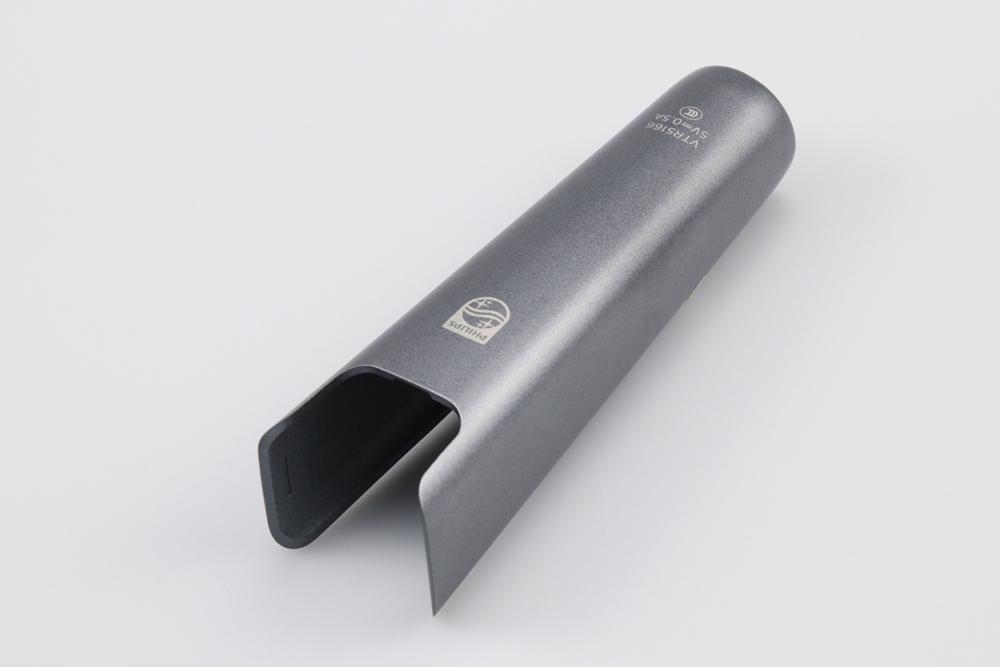What advantages does Zamak die casting offer?
Introduction
Zamak die casting stands out as a preferred method for producing high-precision and durable components used across various industries. By leveraging the unique properties of zinc alloys, especially Zamak 3, Zamak 5, and Zamak 7, manufacturers achieve a balance of mechanical strength, surface quality, and cost efficiency that few other processes can match.
Manufacturing Process Advantages
The zinc die casting process allows rapid production of complex shapes with tight dimensional tolerances and excellent repeatability. Its low melting point enables faster cycle times and extended mold life, resulting in optimized productivity. Compared with aluminum die casting or gravity casting, Zamak die casting requires less energy and tooling maintenance.
In precision applications, parts can be produced with thin walls and intricate geometries, often eliminating the need for secondary machining steps. When combined with CNC machining, prototyping, or rapid molding prototyping, engineers can validate designs before mass production, ensuring consistency in large-scale runs. The process also supports tight integration with insert molding for hybrid assemblies, combining the strength of metal with embedded plastic or threaded inserts.
Material Characteristics
Zamak’s alloy family delivers superior mechanical performance due to its excellent balance between hardness and ductility. Zinc Alloy offers excellent wear resistance and dimensional stability, which are critical for assemblies requiring a precise fit and long-term functionality.
Each Zamak grade offers unique benefits—Zamak 2 provides high tensile strength, while Zamak 5 enhances hardness and impact resistance. For fine detail and superior surface finish, Zamak 7 excels due to its purity and excellent fluidity.
Moreover, Zamak is fully recyclable, aligning with sustainable manufacturing goals. The high thermal conductivity and low melting temperature reduce energy consumption, making it one of the most cost-effective materials for precision die casting.
Surface Treatment Options
Zamak components can be finished using a wide range of techniques to enhance both performance and aesthetics. Processes such as electroplating and chrome plating add corrosion resistance and visual appeal, often required in decorative or consumer-facing applications.
Additional treatments, such as black oxide coating or powder coating, can further enhance surface hardness, abrasion resistance, and protection against moisture or chemicals.
Industrial Applications
Due to its combination of precision, strength, and smooth surface finish, Zamak die casting is widely used in the automotive, consumer electronics, and locking systems industries. In automotive systems, Zamak ensures dimensional accuracy for housings, handles, and brackets. In consumer electronics, it provides refined aesthetics with high tactile quality. For lock mechanisms, it guarantees security and durability even under repeated stress.
When paired with advanced post-processing like polishing and passivation, Zamak die-cast parts deliver both visual refinement and functional reliability.
Conclusion
Zamak die casting offers engineers a versatile manufacturing route capable of producing complex, precise, and cost-efficient components. With its adaptability to various surface treatments and wide use across multiple industrial sectors, it remains one of the most efficient and sustainable solutions in modern metal forming.



